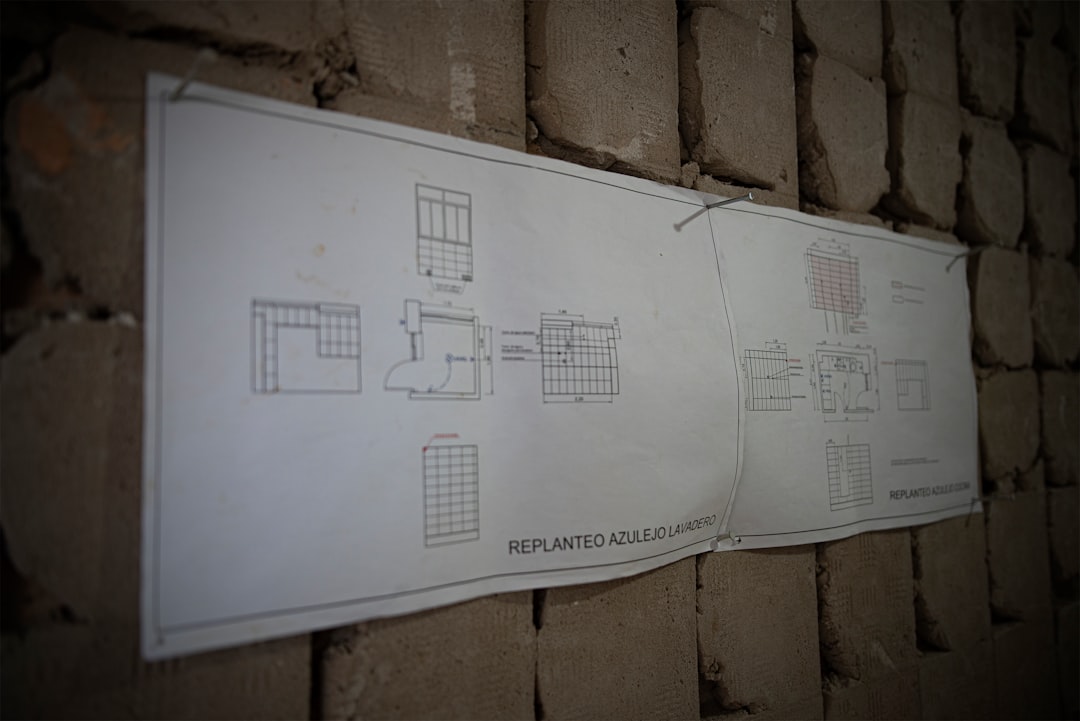In today’s ever-evolving construction landscape, digital transformation is no longer optional—it’s vital. With complex project scopes, tight deadlines, and growing safety and compliance demands, construction firms are turning to advanced construction management platforms. These technologies help teams streamline workflows, ensure real-time collaboration, and enhance project transparency. As we enter 2025, several platforms stand out for their innovative capabilities and practical impact on the building industry.
Here are the top 10 construction management platforms transforming the building industry in 2025, each revolutionizing the way projects are planned, executed, and delivered.
1. Procore
Procore continues to lead the construction tech sector with its all-in-one project management suite. It offers tools for project scheduling, budgeting, document control, and quality and safety. One of its standout features is its universal access model, allowing real-time collaboration among owners, GCs, subcontractors, and suppliers.
Why it stands out in 2025: Procore’s extensive integration ecosystem and AI-powered analytics support data-driven decisions, boosting project efficiency and accountability.
2. Autodesk Construction Cloud
Autodesk has pushed boundaries with its unified ecosystem combining BIM 360, PlanGrid, BuildingConnected, and Assemble under one interface. This cloud-based suite provides comprehensive project visibility from design through operations.
Key advantages in 2025: With deeper BIM integration and predictive analytics capabilities, Autodesk enhances clash detection and cost forecasting for large-scale infrastructure projects.

3. Buildertrend
Buildertrend is tailored for residential builders, offering a user-friendly interface and mobile app for on-site use. It covers scheduling, change order management, customer communication, and invoicing—making it ideal for custom homebuilders and remodelers.
Recent innovations: In 2025, Buildertrend has strengthened its CRM functions and integrated financial tools, enabling seamless coordination between sales, field crews, and clients.
4. Fieldwire
Fieldwire distinguishes itself with robust field coordination tools designed for superintendents, subcontractors, and architects. It allows for task management, blueprint markup, and punch list creation all from mobile devices.
Why it’s transformative: As jobsite digitization rises, Fieldwire’s offline functionality and real-time plan updates offer unmatched agility for field teams.
5. Trimble Connect
Utilizing Trimble’s vast capabilities in geospatial and 3D modeling, Trimble Connect turns data into actionable insights throughout the construction lifecycle. It supports multi-model project collaboration and enables real-time design review across stakeholders.
Game-changing features in 2025: Trimble’s integration with robotic layout tools and mixed reality gives teams a more immersive and precise building experience.
6. e-Builder Enterprise
Owned by Trimble, e-Builder is targeted at capital project owners. It provides an end-to-end solution for managing large construction programs, focusing on transparency, compliance, and cost control.
2025 edge: Enhanced with AI-driven risk mitigation modules, e-Builder improves forecasting abilities and automates compliance reporting for government-funded and institutional projects.
7. Kahua
Kahua offers a flexible construction project management platform that can be tailored to specific user roles—from owners to contractors. Its app-based interface provides modular tools to manage contract agreements, procurement, and workflow automation.
What makes it dynamic: Kahua’s open architecture and low-code customization empowers users to extend functionality without complex development.
8. PlanRadar
PlanRadar is a fast-growing European platform gaining popularity globally. Known for its simplicity and mobile-first design, it emphasizes defect management, inspection reports, and task tracking—all with comprehensive documentation features.
Notable 2025 upgrade: With innovations in speech-to-text logging, digital pens, and automated PDF reporting, PlanRadar accelerates snagging and building inspections substantially.

9. LetsBuild
Specializing in on-site construction workflows, LetsBuild synchronizes planning and execution with tools for quality checklists, site diaries, and progress tracking. It bridges the gap between site teams and project managers effectively.
Why it’s pivotal: With real-time Gantt chart updates and geo-tagged photo features, LetsBuild acts as a digital command center for field coordination in 2025.
10. Jonas Premier
Jonas Premier is a cloud-based platform built for mid-sized contractors, serving both project management and accounting needs. It offers job costing, project visibility, document management, and automated workflows in one place.
Why it’s gaining ground: In 2025, Jonas Premier’s AI enhancements help detect cost overruns early, making it a smart, integrated finance+project solution.
Emerging Trends Driving Platform Adoption
These platforms are being rapidly adopted by forward-thinking firms due to several micro- and macro-economic industry forces:
- Labor shortages: Automation and cloud-based collaboration improve productivity and reduce reliance on manual processes.
- Sustainability standards: Many platforms now track environmental metrics like carbon emissions, waste reduction, and energy usage.
- Regulatory complexity: Digital compliance tracking ensures projects meet local and international regulations with ease.
The Role of Artificial Intelligence and Automation
By 2025, AI is no longer a futuristic concept in construction management—it’s a necessity. From predictive project scheduling to safety violation detection using image recognition, AI tools embedded in these platforms are making sites safer, smarter, and more cost-effective.
Additionally, automation features like real-time workflow syncing, invoice processing, and reporting dashboards enable project managers to focus on strategy instead of administration.

Final Thoughts
The construction industry is undergoing one of the most sweeping digital revolutions in its history. As 2025 unfolds, the adoption of construction management platforms is shifting from early adopters to industry standard. The platforms mentioned above offer robust tools to meet diverse project needs—from small residential jobs to billion-dollar infrastructure undertakings.
The winners in this evolving landscape will be those who integrate these platforms not just technically, but culturally—aligning teams, goals, and workflows across every phase of construction.
As the pace of innovation accelerates, staying updated on leading tools is essential for any stakeholder aiming to remain competitive in modern building projects. It’s no longer about choosing the best software—it’s about choosing the right partner for digital transformation.


